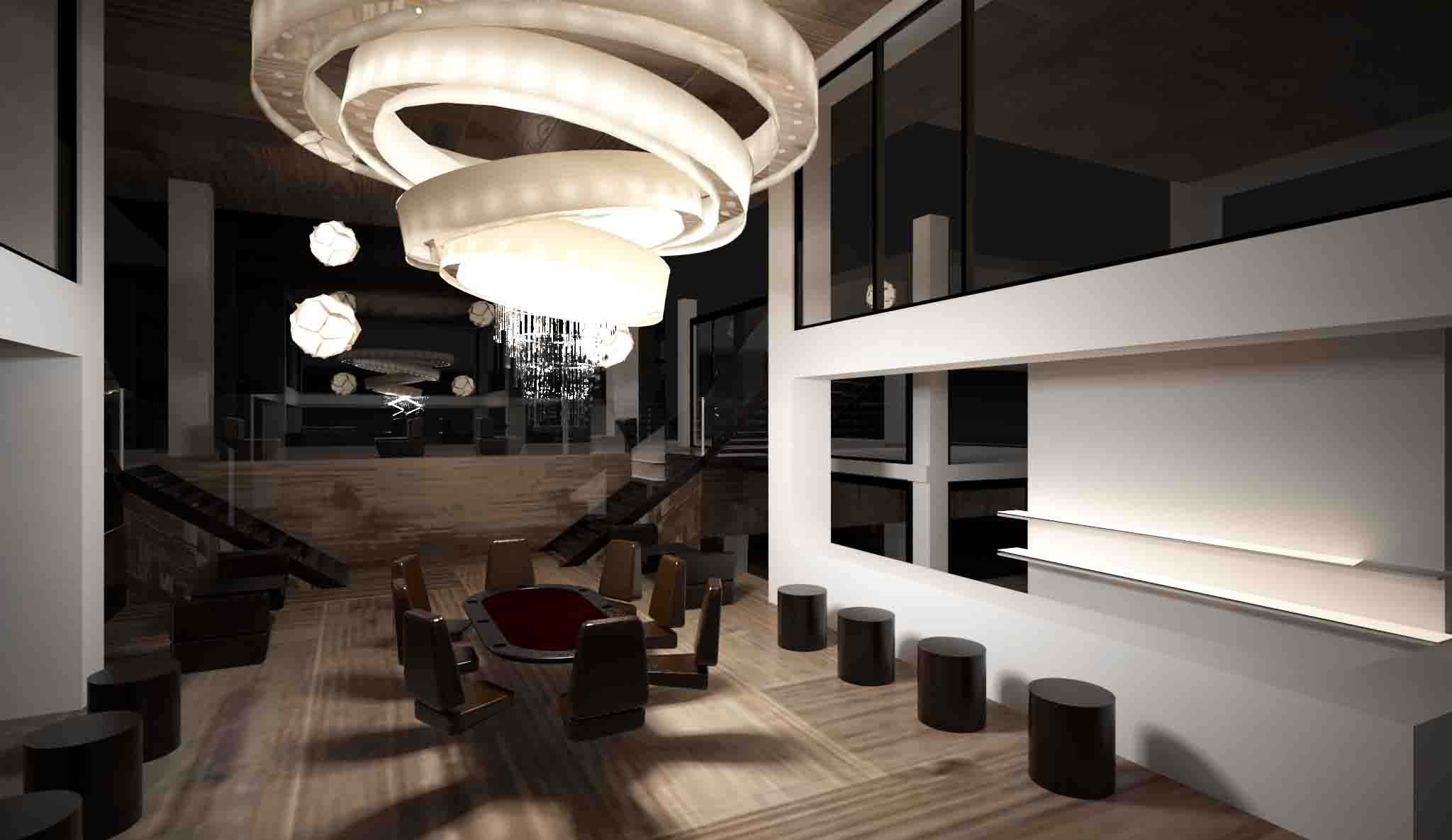Page Contents
Overview
Development of V-Ray for Rhino on MacOS is entirely possible right now, however, the decision to pursue it also relies on other factors outside of its technical scope. Once its evaluation as a business product comes to a conclusion an announcement will be made. For now though, I’m afraid I. V-Ray for Grasshopper features a number of improvements including bitmap textures, vertex colors, virtual reality camera types and much more. Supported platforms: Rhinoceros® 5.0, 6.2 64-bit. LEARN MORE ABOUT V-RAY FOR RHINO TRY V-RAY FOR RHINO FREE FOR 30 DAYS.
The Volumetric Environment section in V-Ray render parameters is where you can see and adjust the settings of the volumetric effects Aerial Perspective and Environment Fog.
The V-Ray Aerial Perspective atmospheric effect simulates aerial perspective - the effect that the Earth atmosphere has on the appearance of objects that are viewed from a distance, and which is similar to fog or haze. The atmospheric effect works together with the V-Ray Sun to calculate an approximation to the aerial perspective effect.
VRayEnvironmentFog is an atmospheric effect that allows the simulation of particle media like fog and atmospheric dust.
UI Path: ||V-Ray Asset Editor|| > Settings > Volumetric Environment rollout
Parameters
Type – Specifies the environment volume shader type that will be used.

Aerial Perspective – Simulates the aerial perspective atmospheric effect, the result of viewing objects from a distance through the Earth's atmosphere. The effect is similar to fog or haze. This atmospheric effect works together with VRaySun and VRaySky to calculate color and brightness.
Environment Fog – Simulates participating media like fog or atmospheric dust. By default it scatters the light emitted from all the scene light sources.
Aerial Perspective
Sun – Specifies the Sun object in the scene that the Aerial Perspective effect is connected to.
Visibility Range – Specifies the distance, in meters, at which the fog has absorbed of the light coming from objects behind it. Lower values make the fog appear more dense, while larger values reduce the effect of the aerial perspective. For more information, see the Visible Distance example below.
Atmosphere Height – Controls the height of the atmosphere layer in meters. Lower values can be used for artistic effects. The value is in meters and is converted internally based on the current Rhino units. For more information, see the Visible Height example below.
Inscattered Light Intensity – Controls the amount of sunlight scattered from the atmospheric effect. The default value 1.0 is physically accurate; lower or higher values could be used for artistic purposes.
Filter Color – Affects the color of the unscattered light.
Affect Environment – When disabled, the atmospheric effect is applied only to camera rays that hit actual objects, but not to rays that hit the sky. This is because the VRaySky texture already takes into account the amount of scattered sunlight. However, it is possible to enable this option for artistic effects, especially with low visibility ranges. For more information, see the Affect Environment Rays example below.
Affect Background – Specifies whether the effect is applied to camera rays that hit the background (if a background other than VRaySky is used). Normally this option should be disabled, but some interesting effects are possible when this option is enabled.
Example: Visibility Distance
Distance is 20000 meters

Example: Visibility Height

Atmospheric Height is 20000 meters
Example: Affect Environment Rays
Aerial Perspective is Disabled
Aerial Perspective is Enabled, Affect Environment is Disabled
The sky color and sun shadows are unaffected by the mist effect
Aerial Perspective is Enabled, Affect Environment is Enabled
The mist effect blocks the sky and the sun light
Environment Fog
Color – Defines the color of the fog when it is illuminated by light sources.
Emission – Controls the fog emission (self-illumination). You can use this parameter to substitute the ambient illumination inside the fog, instead of using GI.
Emission Multiplier – A multiplier for the Emission parameter.
Distance – Controls the fog density. Larger values make the fog more transparent, while smaller values make it denser.
Height – If the fog is not contained within a volume, it is assumed to start from a certain Z-level height and continue downward indefinitely. This parameter determines the starting point along the Z-axis.
Scatter GI
Scatter GI – Enables the fog to scatter global illumination. Note that this can be quite slow. In many cases, global illumination within the fog can be substituted with a simple emission term.
Scatter Bounces – When Scatter GI is enabled, this controls the number of GI bounces that will be calculated inside the fog.
Affect
Affect Camera Rays – Enables or disables the tracing of Camera rays through the volumetric.
Affect Background – Enables or disables the tracing of background rays through the volumetric.
Affect Secondary Rays – Enables or disables the tracing of secondary rays through the volumetric.
Affected By
Lights – This option allows you to specify which lights will be considered when rendering the environment fog. It is used when you have certain lights affecting just specific objects in the scene while another group of lights is affecting the environment fog.
Vray For Rhino Mac Download

All Lights – All lights in the scene will affect the environment fog.
No Lights – The lights in the scene will not affect the environment fog.
Selected Lights – Only the lights selected from the list will affect the environment fog.
Notes

Vray Next For Rhino Mac
- Note that Aerial Perspective is faster to calculate than the V-Ray Environment Fog atmospheric, although the result is just an approximation. However, the V-Ray Aerial Perspective atmospheric cannot produce volumetric shadows.
- Environment Fog is not supported in GPU render mode yet.
